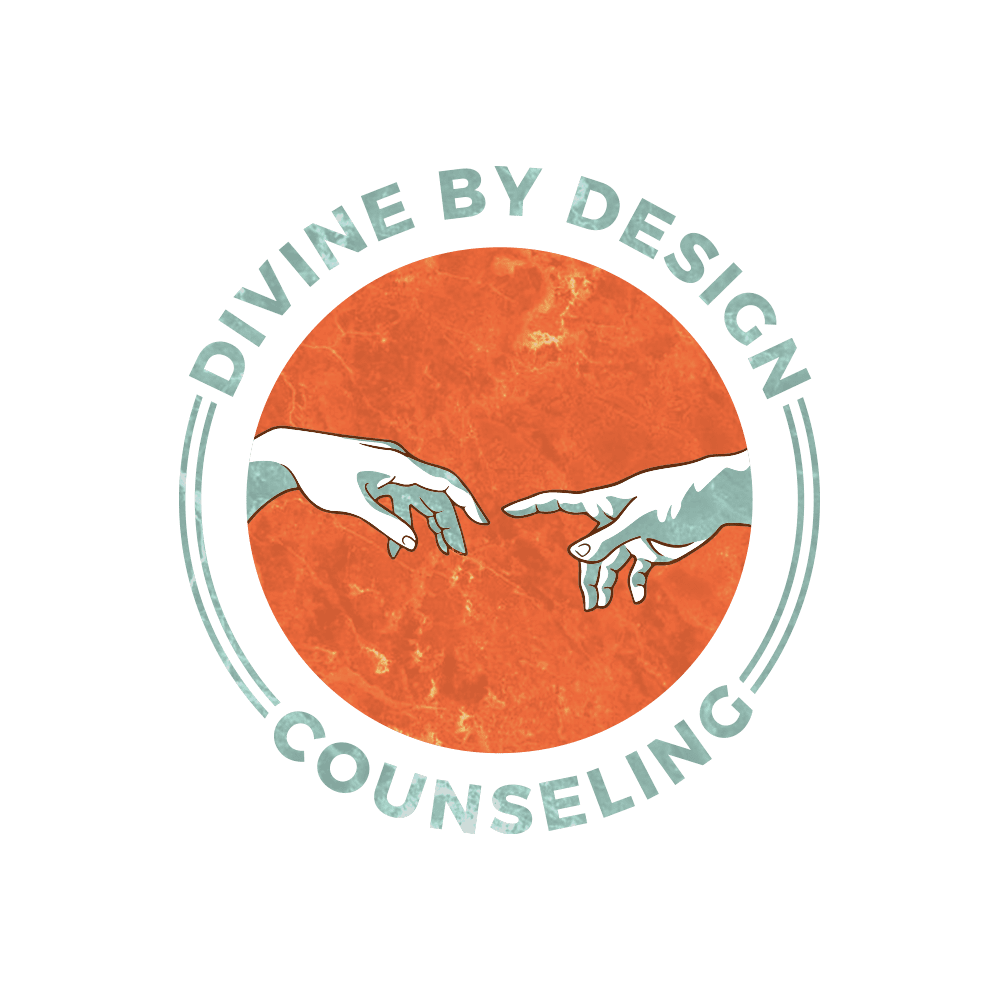Finding the joy in life seems at times out of reach.
This is really challenging for us who love life! I get up most mornings excited for the day! So when things are difficult for too long, I start looking for ways to help me change my mind about the season. Not to run away from it but to gain a healthy perspective so I am not feeling swallowed up by a doomsday environment. I have spent many years creating my norm to be peace and rest, feeling less comfortable in chaos and negativity.
Cheer Up?
God, in His incredible wisdom knew that we would experience trouble and sorrows but instructs is to, “Cheer up,” for I have conquered the world (Jn 16:33). In other words, we win! Romans 12:12 tells us to let our hope burst forth within us, releasing a continual joy. Paul further encourages us to not give up when times get hard, but commune with God at all times. That sounds like a tall order when you are right in the middle of it. In seasons of difficulty it is almost impossible to see the forest for the trees losing sight of the bigger picture. Pain can act as a blinder – we can’t see what is in front of us. Shame is the same way, only it leaves us with the gnawing feeling these circumstances are never going to end. And yet, we are told to “be cheerful with joyous celebration in every season of life. Let joy overflow!” Why? How? Because we are face-to-face united with the Holy One, and He has given us the keys to overcome.
Gratitude and Appreciation
So what is the key? What happens when we choose to “cheer up?” How do we cheer up?
We practice gratitude and appreciation.
Practicing gratitude and appreciation causes an actual movement in our body. It gives us a greater sense of clarity and shame dissipates. It also activates the reward center – the place in your brain that is specifically aimed at boosting bonds with other people. The more you do it, the better you feel. And who doesn’t want to feel better?
Gratitude, for the brain, is a really social emotion. It fosters a sense of attachment with others at the same time. Which is so important, especially if you have insecure attachment issues.
Gratitude and appreciation also activates another area of your brain called the hypothalamus. You may not hear very much about it, but it’s an important part of the limbic system as it regulates the way your body functions such as hunger, sleep, body temperature, metabolism and how your body grows. It is a key player in your body’s control center, and gratitude is a motivator to cause it to excel.
Gratitude and appreciation increases your capacity to handle stress and difficult times. Not surprisingly, it also lessens your moodiness, sleepless nights and depression. As you are expressing gratitude you are releasing happy hormones versus negativity, which releases toxins.
Gratitude and appreciation create a well of reserves you are able to draw from. As you create new neural pathways away from negativity toward positivity, this will become your default. You are training your brain to follow what scripture tells us: “be cheerful with joyous celebration in every season of life.” God has wired us so when we practice this, it becomes our reality.
Happy to Be With You
The biblical and scientific definition of joy is “happy to be with you.” It is not something that can be fabricated as your eyes tell the story. Every time we are genuinely happy to be with someone and they are happy to be with us, we experience joy. We communicate it in our eyes, our facial expressions, our body language. Our brain literally grows, providing a greater depth of capacity to draw from and to engage in joy.
New studies have revealed that in every human, the part of the brain responsible for face recognition continues to grow into adulthood. The more joy moments you build with others, the greater your ability to navigate difficult times, which keeps your relationships intact.
It Takes Practice
So my encouragement this Thanksgiving is to practice gratitude and appreciation in your heart and release joy to those you are with:
- Smile, make direct eye contact and speak with sincerity when you first see someone. Your brain processes face recognition and sincerity in less than a split second.
- Ask questions that invite others to tell you truthfully how they are doing.
- Listen without interruption.
- When ending a conversation, leave having affirmed the person you were with.
- Use touch whenever appropriate: hold hands, link arms, give hugs.
- Communicate that you are glad to be with them through eye contact, body language and tone of voice.
- Bring laughter as much as possible. Sharing positive moments together are bonding moments.
Implementing these practices will help you have a more joyful and bonding Thanksgiving. Continue these practices after Thanksgiving as you move into the upcoming holidays. This COVID season has wreaked havoc on our mental health, and the consequences will continue to be far-reaching. So just know that you have the ability to release joy into other people’s lives, create meaningful moments and reap the benefits of gratitude and appreciation.






0 Comments